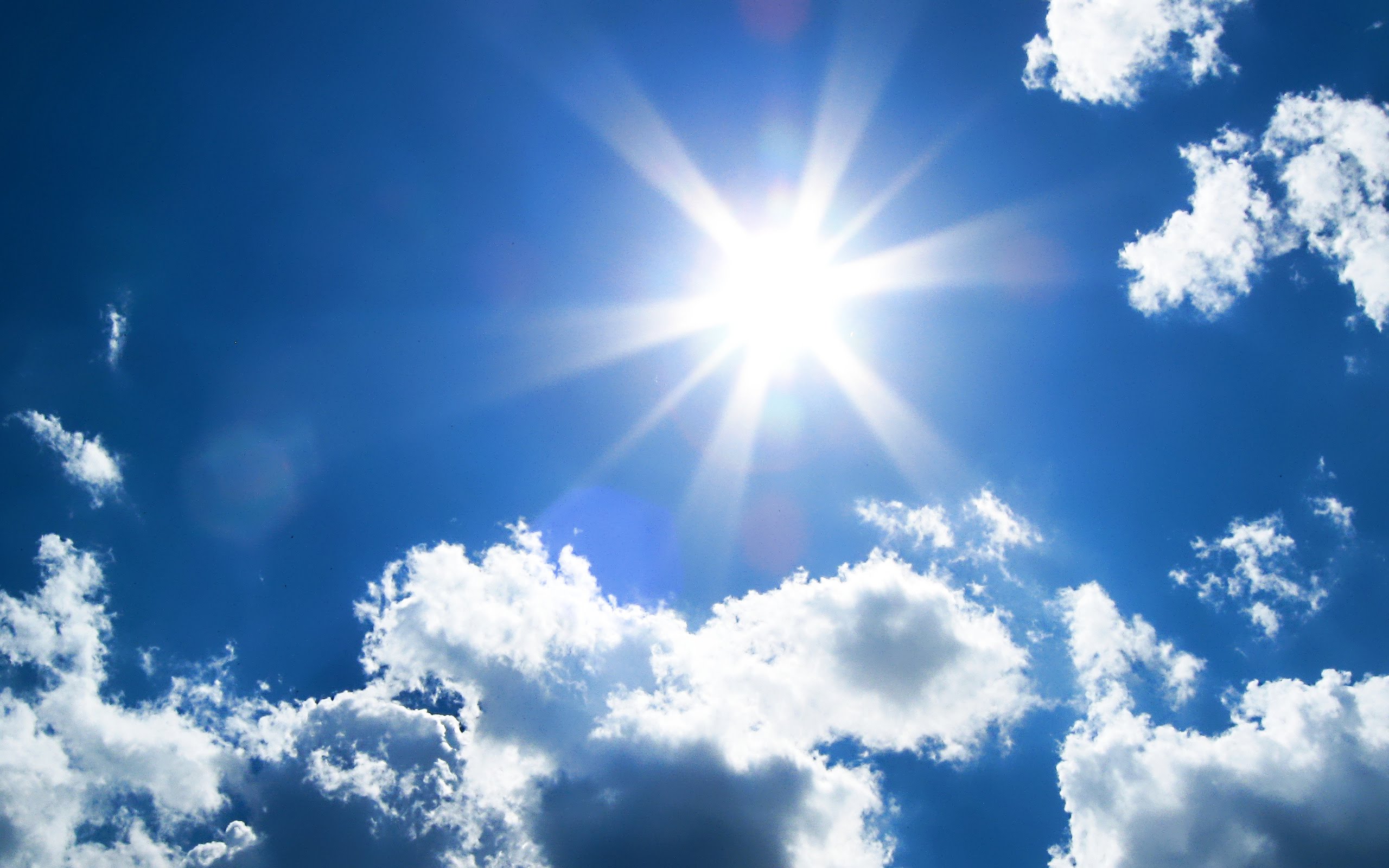Harnessing the Power of the Sun
For centuries, inventors and entrepreneurs marveled at the idea of harnessing sunlight for the betterment of humanity. On Nov. 29, the Smithsonian’s National Museum of American History will open “Solar on the Line,” a small display exploring the innovation and technology behind solar power as a renewable energy resource. It will introduce visitors to the history of solar energy usage in the U.S. and how it is a part of the electrical grid as well as an off-grid supplement. The museum will present an overview of the potential benefits and challenges of this technology.
Thomas Edison, Edmond Becquerel, Smithsonian Secretary Charles G. Abbot and Bill Nye the Science Guy have all advocated for solar energy—believing in a world where renewable energy could provide power for human needs as mundane as heating a tea kettle. The display will draw artifacts from across the museum’s collections and includes new acquisitions as well as artifacts that have never been displayed. At the Smithsonian, Abbott experimented in the 1930s with concentrating light to harness heat for cooking and other uses. His 1938 solar oven will be on view alongside a Hoffman Electronics 1961 Solar Radio; a 1940 light-sensitive P/N junction from Russell Ohl, recognized for patenting a precursor to the modern solar cell; a Bell Labs 1954 photovoltaic cell; and Comsat solar cells from 1975.
“So long as the sun shines, man will be able to develop power in abundance,” Edison said. This idea has passed from generation to generation. The display will showcase the imaginative ideas of what scientists thought solar energy could do and can do, and will feature objects that demonstrate uses for the sun’s rays as well as how sunlight can be converted into electricity.
“This exhibit aims to help museum visitors understand the history of solar energy use in America and the issues involved in evaluating solar energy as a source of electric power for the future,” said Hal Wallace, the museum’s curator of electricity.
The display also will look at the development of “photovoltaics” the term for generating electricity from light using solar cells. Engineers have used solar cells to power satellites on long-term space missions because of their reliability. The function of a solar cell is to capture a ray of light and convert it into electricity. On Earth, photovoltaics can be used to power devices such as household appliances, various vehicles, communication relays and even entire buildings in a cost-effective, reliable and efficient manner.
The U.S. Department of Energy estimates that solar panels may represent nearly 40 percent of the nation’s new electric generating capacity in 2016. Two solar panels will be on display, one from the Carter White House, which was used to heat water in 1979, and the other a rooftop photovoltaic panel used as part of the California Solar Initiative. The rooftop panel and supporting technology including a 2009 bi-directional electric meter and a solar electric inverter that will help visitors understand how rooftop solar panels work, are a recent donation from Edison International.
“Solar on the Line” complements another new exhibition, “Giving in America,” which examines the role of philanthropy in the U.S. with a focus on sustainability and the environment. It opens Nov. 29 to coincide with #Giving Tuesday, a global day of giving back.
Through incomparable collections, rigorous research and dynamic public outreach, the National Museum of American History explores the infinite richness and complexity of American history. The museum helps people understand the past in order to make sense of the present and shape a more humane future. It is continuing to renovate its west exhibition wing, developing galleries on democracy and culture. The museum is located at 14th Street and Constitution Avenue N.W., and is open daily from 10 a.m. to 5:30 p.m. (closed Dec. 25). Admission is free. For more information, visit http://americanhistory.si.edu. For Smithsonian information, the public may call (202) 633-1000.
# # #
SI-560-2016
Melinda Machado
202-633-3129

